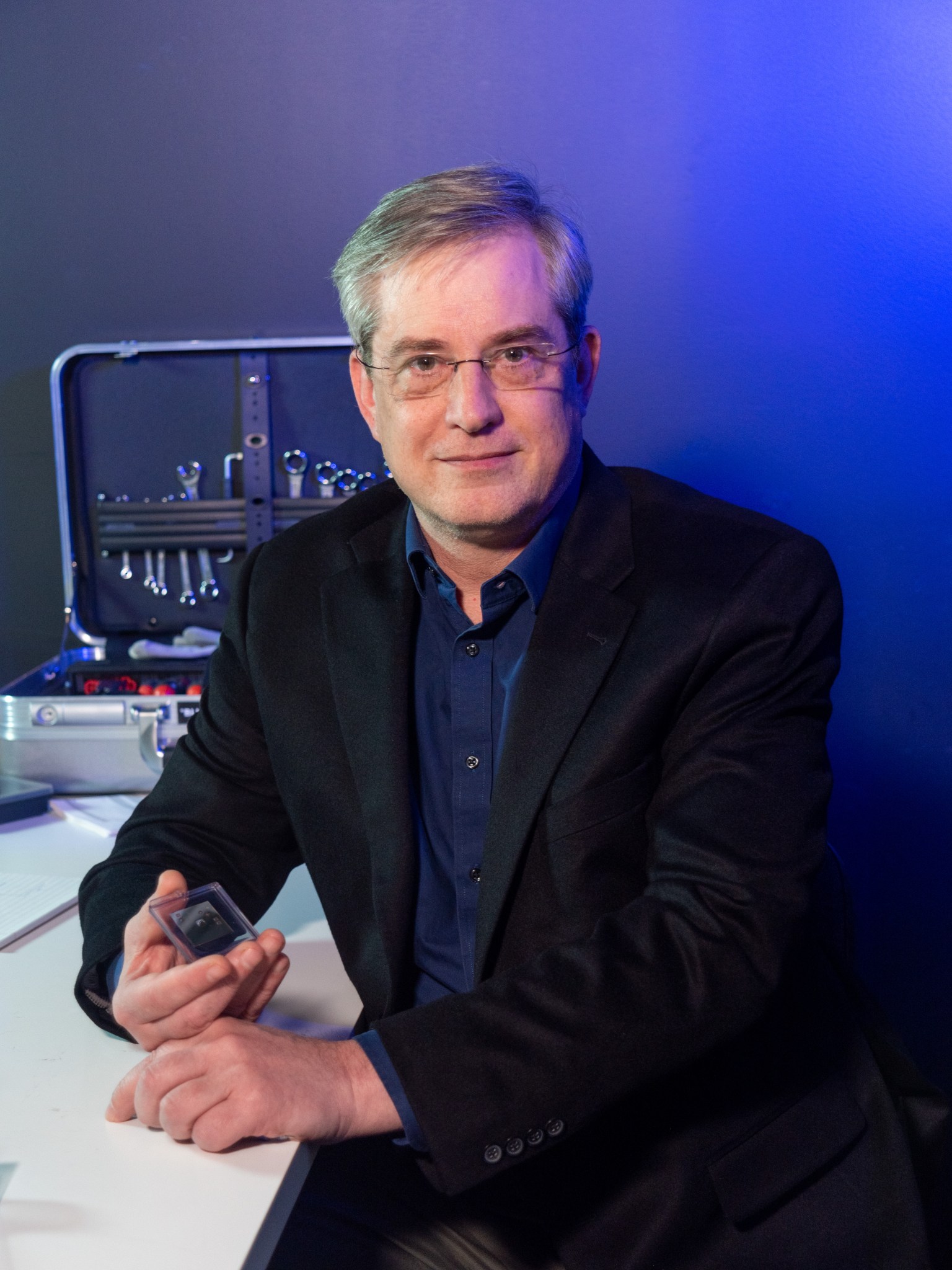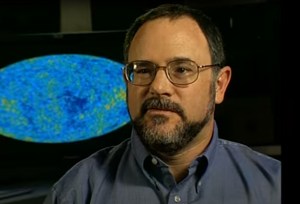NASA physicist Edward J. Wollack is among those inducted into the NASA Inventors Hall of Fame this year.
NASA physicist Edward J. Wollack has pursued some of the most elusive sources of light by inventing new technologies to explore and understand the universe and our place in it.
“I reside in a space between engineering and science,” Wollack said. “I have developed an intuition for what has been made and what can be made.”
With his name on 26 patents, Wollack took his place in the NASA Inventors Hall of Fame this year as one of three inductees for the 2022-2023 cycle. He credits his successes to the dozens of scientists and engineers he has collaborated with and an ideal environment to incubate such innovations at NASA’s Goddard Space Flight Center in Greenbelt, Maryland.
Underlying those patents, he said Goddard’s Internal Research and Development, or IRAD program, enabled preliminary work on hundreds of technologies Wollack either led or participated in. Those investigations often earned NASA agency-level innovation funding to fully develop their strategic technologies.
Many of the patents Wollack and his teams produced advanced detector technologies for capturing light from the early universe, reduced scattered light within telescopes, and improved the fidelity of observations for future missions.
“We have developed technologies for missions that won’t be completed within my professional career,” Wollack said.
He used his experience building amplifiers for the WMAP (Wilkinson Microwave Anisotropy Probe) mission – launched in 2001 – to develop superconducting detectors that provide higher sensitivity and resolution. These detectors could help reveal more about the oldest light in the universe, the background of microwaves that shows the universe as it was just 380,000 years after the big bang.
“I realized these ideas could be applied to make superconducting detector arrays with higher sensitivity and lower noise,” Wollack said. “These advances may enable the next generation of precision measurements of light from the early universe.”
These detectors require lower mass, volume, and power, allowing tens of thousands of detectors – each equivalent to a pixel in a modern camera – in a single observatory.
Next-generation ground-based microwave observations were identified as a priority in the 2020 Astrophysics Decadal Survey by the National Academies of Sciences, Engineering, and Medicine. This report reflects the consensus opinion of the most important scientific questions currently facing the astronomical community and a priority list of how to answer them
Culture of Technology Innovation
“Innovation in technology development at its best is a form of improvisational teamwork,” Wollack said. “It’s humbling to be singled out for these accomplishments because this is a recognition of a large network of colleagues engaged in this endeavor. It’s an honor to be working with them.”
This network consists of scientists, engineers, and academic partners who enjoy finding solutions to big problems, he said, and they are adept at recognizing barriers, redirecting as needed, and keeping their eye on the big picture.
“Goddard has a culture that’s amenable to doing innovation,” he said. “I think we need people who can talk to different groups and act as the glue to bring their ideas together.”
Biography
Wollack is a physicist by training and works as a research astrophysicist in Goddard’s Observational Cosmology Laboratory. He is fascinated by light, its interaction with matter, and its role in revealing patterns in our universe. His research spans a broad range of topics that include cosmology, astronomical instrumentation, electromagnetic devices, and materials.
His teams’ innovative use of metamaterial structures – with properties that affect the behavior of light itself – have advanced instrumentation capabilities for astrophysical observation. These efforts have led to more than 524 publications (290 peer-reviewed and 234 contributed) in pure and applied science.
Wollack was a member of the Wilkinson Microwave Anisotropy Probe science team, which was awarded the Gruber Cosmology Prize for the “precision determination of the age, content, and geometry of the universe” and the Breakthrough Prize for Fundamental Physics.
By Karl Hille
NASA’s Goddard Space Flight Center, Greenbelt, Md.



























